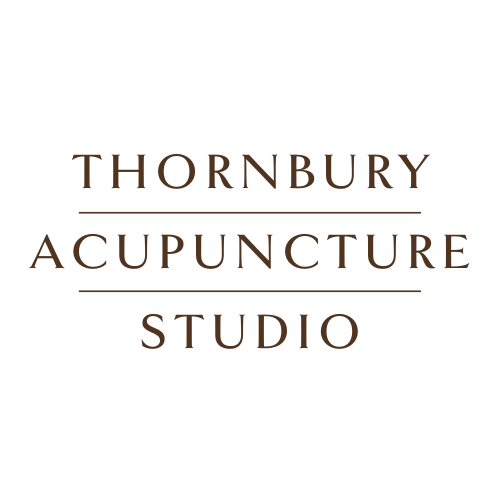Musculoskeletal Pain
There is an old Chinese saying, “when there is free flow there is no pain, when there is no free flow, there is pain”. When working with musculoskeletal pain, we stimulate the Chinese medicine meridian system to free up energy blockages to increase local blood flow and support areas of weakness.
The meridian system bundles muscles and tendons into connected, functional groups. Each meridian is paired with an organ. For example, the bladder meridian is the longest, stretching from the inner eyes, over the top of the head, all the way down the back, the legs and outer edges of the feet to the little toes. We often use the bladder meridian for musculoskeletal problems including neck, back, hip, leg and ankle pain.
What to expect
When working with musculoskeletal pain we choose points close to the injured site, as well as choosing acupuncture points further away in order to keep blood flowing well throughout your body.
If you have an acute injury, or have extensive swelling or bruising, we will not needle the affected site, but will choose points to drain Heat and Stagnation away from the area. As your injury heals, we are then able to work closer to the site of your injury.
Your practitioner may also suggest cupping, moxibustion or gua sha to complement acupuncture treatment.
Musculoskeletal pain is one of the most widely researched areas of Chinese medicine. Chinese medicine has many tools at its disposal when it comes to musculoskeletal pain. Acupuncture, cupping, and gua sha have been deemed safe and effective in high-quality studies:
A metanalysis suggested that the beneficial effects of acupuncture on chronic pain conditions can persist for 12 months. Pain conditions studied included a variety of musculoskeletal conditions as well as headaches, migraines and osteoarthritis of the knee
Relevant research into Chinese medicine for pain
Should I put ice on my injury?
The prevalent medical stance on whether or not to ice acute injuries has been changing during recent years as studies have found very little evidence that icing acute injuries leads to faster healing. While icing can temporarily reduce pain and swelling at the site of the injury, it also causes blood vessel constriction. This limits blood flow through the area and inhibits the releases of IGF-1, a hormone that helps rebuild damaged tissue. Therefore there is some concern that icing may actually delay healing, or create chronic problems.
In contrast, heat therapy does not constrict blood flow or inhibit IGF-1 release, and there is some evidence to suggest that heat wrap therapy is more effective than icing for reducing pain associated with acute lower back injury.
Preserving the life-force
There is no history of using ice to treat any illness in Chinese medicine. This is because we aim to preserve the life-force (Yang) of the body, which is warm and expansive in nature. Cold has a contracting energy which stagnates blood, hardens the body and slows physiological functioning. We frequently use warming therapies such moxa or TDP lamp therapy when working with musculoskeletal problems, especially when working with chronic muscular conditions, or when heat and swelling from an acute trauma have subsided.

